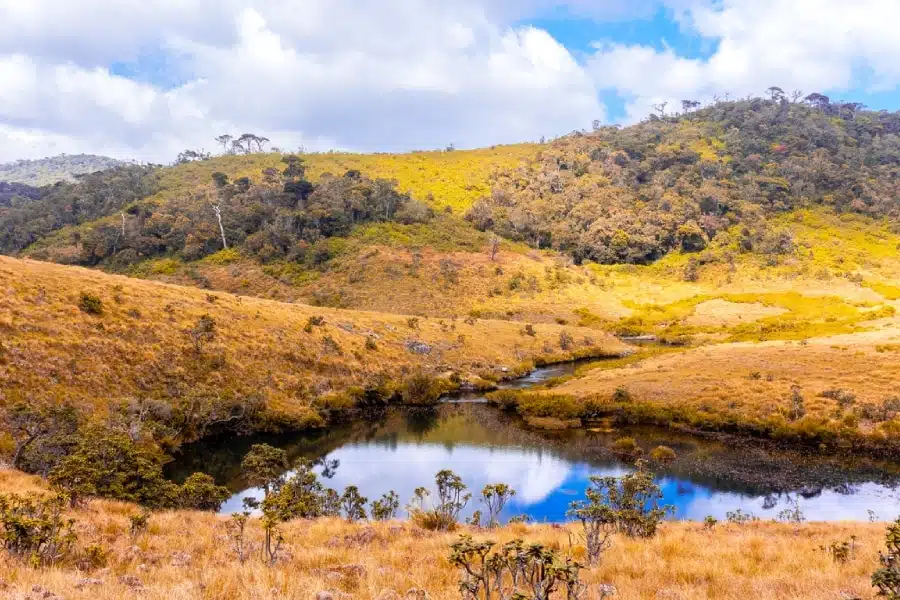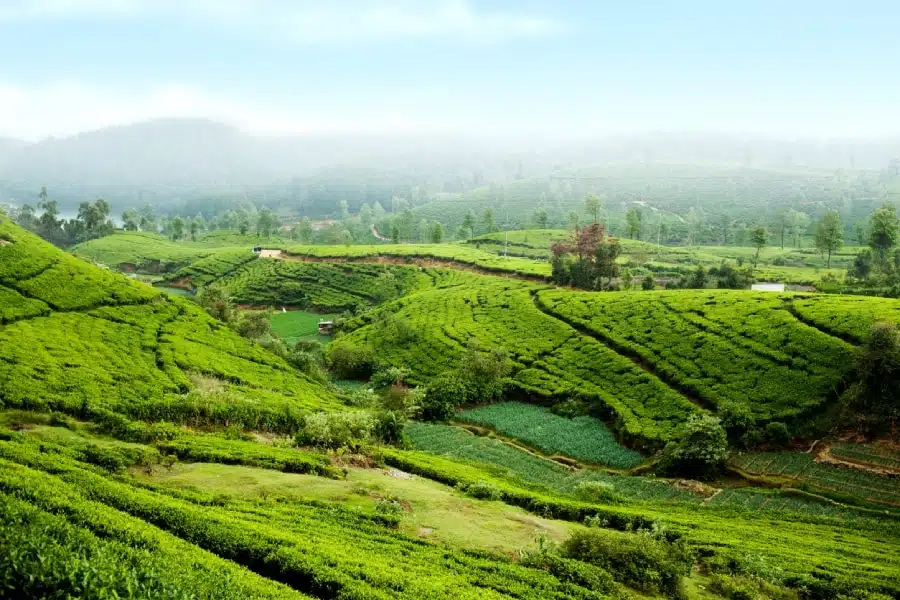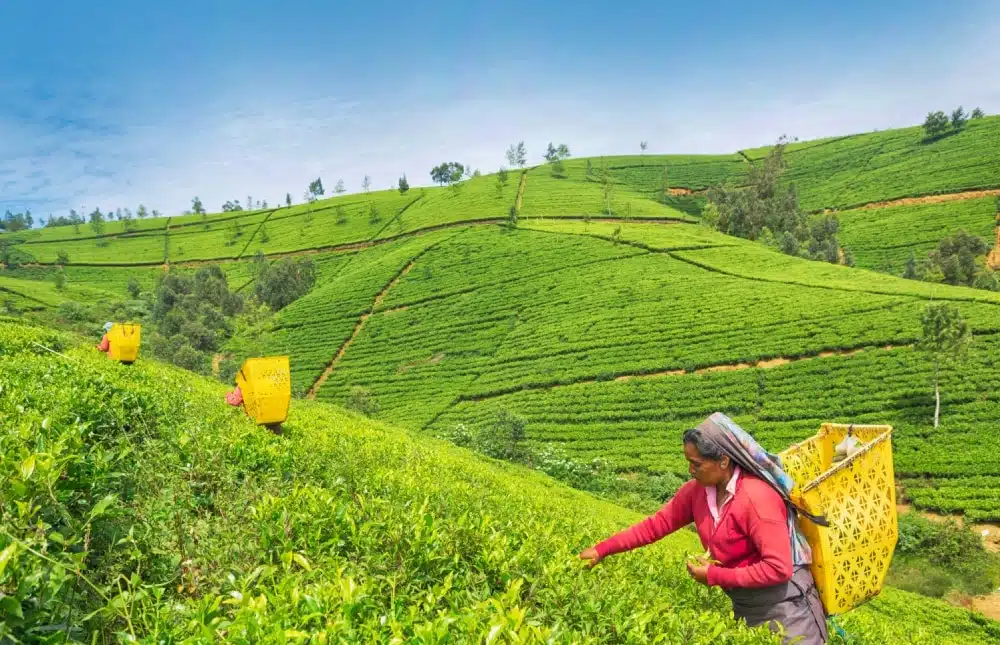In the land of green gold
Some enjoy it with sugar, while others take it with a splash of milk. In some countries like Japan, drinking it is a genuine ceremonial art. Tea is also of great importance in Sri Lanka: one of the biggest producers in the world. From Ceylon during British colonial times to its current nickname of “tea island”, the country’s history and economy is bound up with this delicate plant.
The treasure of Ceylan
For such a small place, the figures are incredible. Despite being ten times smaller than France, Sri Lanka is the world’s biggest tea exporter. With some 300,000 tonnes of tea picked each year, it is also the fourth biggest producer. China, India, Kenya and Sri Lanka together are responsible for 75% of worldwide production.
However, the valleys in the middle of the country’s south-central region haven’t always been covered in these plants with fragile leaves being gently picked by hundreds of women in multicoloured saris. Until the middle of the 19th century, the British grew coffee here. With prices tumbling, competition booming and, above all, a parasite destroying all the plants from 1869, the owners were forced to think again. Since then, tea growing has really taken off in Sri Lanka.

Suitable climate for growing tea all year round
Although tea plants were imposed on Sri Lanka, they have flourished because of the country’s advantageous climate. Tea thrives in a humid environment where the temperature stays consistently at about 16°C. The plateaus in the south provide this exact climate, meaning the plants don’t have a dormant period and their leaves can be picked all year round.
Sri Lanka has six main tea-producing regions: Nuwara Eliya, Uva, Dimbula, Kandy, Ratnapura and Galle – located between sea level and 2,000 metres above sea level. This range gives the tea its subtleties and varied flavours.

The taste of the tea
The altitude at which the tea plant grows affects the taste. Its entire spectrum, from the subtlest nuances to the strongest flavours, will also determine whether it is drunk in the morning or afternoon. Here is a quick guide on how to have the perfect teatime.
Brewing low-grown tea leaves (0 to 600 m above sea level) gives a strong, dark flavour. These varieties are ideal as a breakfast tea and can easily cope with a splash of milk.
Medium-grown teas from the plateaus (600 to 1,300 m above sea level) are woody and go perfectly with citrus notes.
Finer teas from higher altitudes (1,300 m above sea level and higher) develop subtle and concentrated flavours. One example is Darjeeling: considered the noblest and most refined of teas. Sri Lanka’s high-grown teas are among the most sought after.
The colours of the tea
The colour of the tea depends on oxidation, which makes the leaves go darker and influences the taste. Chlorophyll undergoes a transformation that makes the leaves’ pigmentation turn black. This process is halted when the leaves are exposed to a heat source.
Each colour of tea has its own special production process. For white tea, the bud and the two adjacent leaves are picked from the best plants. The harvested leaves are dried for two to three days, giving them time to oxidise and take on silver tones. Lastly, they are dried. This only takes 10 to 20 minutes and desiccates the leaves.
For green tea, young leaves at the ends of branches are selected. Next comes the fixing stage. This is an important step that takes several hours and determines the colour, fragrance and taste of the tea. The leaves are then rolled by hand, which takes about an hour. Lastly, the leaves are heated to 65-70°C for 20 minutes.
As for black tea, it takes several hours to dry the leaves. Then comes the rolling stage. This takes one or two hours and is done in a highly humid environment at 20°C; without either of these factors, the harvest would be lost. Lastly, the drying takes 30 minutes and is done at 120°C. This stage fixes the colour, fragrance and flavour of the black tea.
Photos credits : ©iStock / © Unsplash

PONANT takes you there
Set sail to discover the fragrant, sunny shores of Africa and the Indian Ocean.



